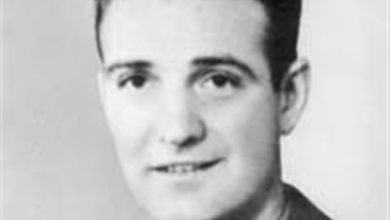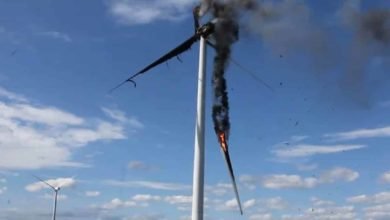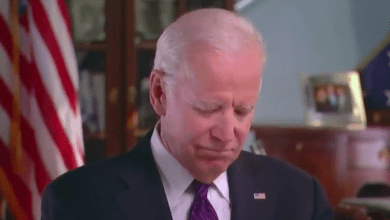Medal of Honor Monday: Army Cpl. Charles Pendleton
When brave men are overwhelmed by an enemy in battle, they tend to square off like they have no choice but to win. That’s what Army Cpl. Charles Frank Pendleton did when his unit was attacked by enemy forces in Korea. He didn’t survive the fight, but his determination was so inspiring that it earned him the Medal of Honor.
Pendleton was born Sept. 26, 1931, in Camden, Tennessee, to parents Charles and Viola Pendleton. The family moved to Fort Worth, Texas, when he was still a boy.
Pendleton graduated from R.L. Paschal High School in Fort Worth in 1949, then went to what is now the University of North Texas in Denton. While he studied, he also worked part-time as a mail carrier and served in the Texas Army National Guard.
In September 1951, Pendleton married Mary Hubbard, who he’d met the summer before when they worked together filling roller skate orders at a Montgomery Ward department store, according to a 2010 Fort Worth Star-Telegram article.
“He loved to ice skate, and we would roller skate together,” Hubbard, who was widowed by the war and eventually remarried and goes by Mary Snell, said in the article. “He also played tennis, and he loved to play broomball on the ice at Will Rogers Coliseum. He was a lot of fun.”
Pendleton had planned to finish college and go into the seminary to be a church music director. Unfortunately, that wasn’t meant to be.
In June 1952, as the Korean War entered its second year, Pendleton was called up to active duty. He was shipped to Fort Hood (now Fort Cavazos), then California for more training before being sent to the Korean peninsula in March 1953 with the 15th Infantry Regiment, 3rd Infantry Division.
On the evening of July 16, 1953, Pendleton was a machine gunner with Company D, which was tasked with defending a strategically important hill. Almost as soon as they’d finished setting up a perimeter, a nearby unit was attacked by a much larger enemy force. Quickly, Company D jumped to their aid.
From a trench, Pendleton threw grenades and emptied his machine gun into the foreign fighters as they approached, killing about 15 and throwing off the rest of their mission. However, the trench was too confined for him to protect the unit’s flanks, so he took his machine gun off its tripod, moved into an exposed position, then sat his gun on his knees and started firing.
When an enemy fighter jumped into the trench Pendleton had just left, the young corporal swiveled around and took the man out before he could injure or kill other U.S. soldiers. Pendleton then continued to cause so much damage with his machine gun that the enemy had to retreat.
A little while later, the enemy regrouped, and a second wave of soldiers rushed forward to try to overrun the unit’s position. When an enemy grenade landed near Pendleton, he quickly grabbed it and threw it back. Another grenade did explode near him, causing wounds to his chest and shoulder. Pendleton had also been burned by the hot shells ejecting from his machine gun, but he refused medical attention and kept firing at the enemy.
As the action increased in tempo and as night turned into morning, Pendleton’s machine gun was eventually destroyed by a grenade. However, the 21-year-old remained undaunted. He grabbed a carbine rifle and continued to defend his position until he was hit by a mortar burst and killed.
Despite his death, Pendleton’s drive and unflinching courage inspired his fellow soldiers to repel the enemy and hold the hill. The Army said when they found Pendleton’s body after the fight was over, he was surrounded by 37 fallen enemies.
Ten days later, the armistice was signed, and the hostilities ended.
Less than a year later, on Jan. 18, 1954, Pendleton’s family received the Medal of Honor on his behalf. It was presented to his widow by Army Secretary Robert Stevens during a ceremony at Fort Myer, Virginia.
Pendleton is buried in Laurel Land Memorial Cemetery in Fort Worth.
His hometown hasn’t forgotten him. The ROTC wing of his former high school is named in his honor. Pendleton’s Medal of Honor is on display there, too, after his family donated it and his other medals to the school in the 1970s.
This article is part of a weekly series called “Medal of Honor Monday,” in which we highlight one of the more than 3,500 Medal of Honor recipients who have earned the U.S. military’s highest medal for valor.
Source: Department of Defense
Content created by Conservative Daily News is available for re-publication without charge under the Creative Commons license. Visit our syndication page for details.




